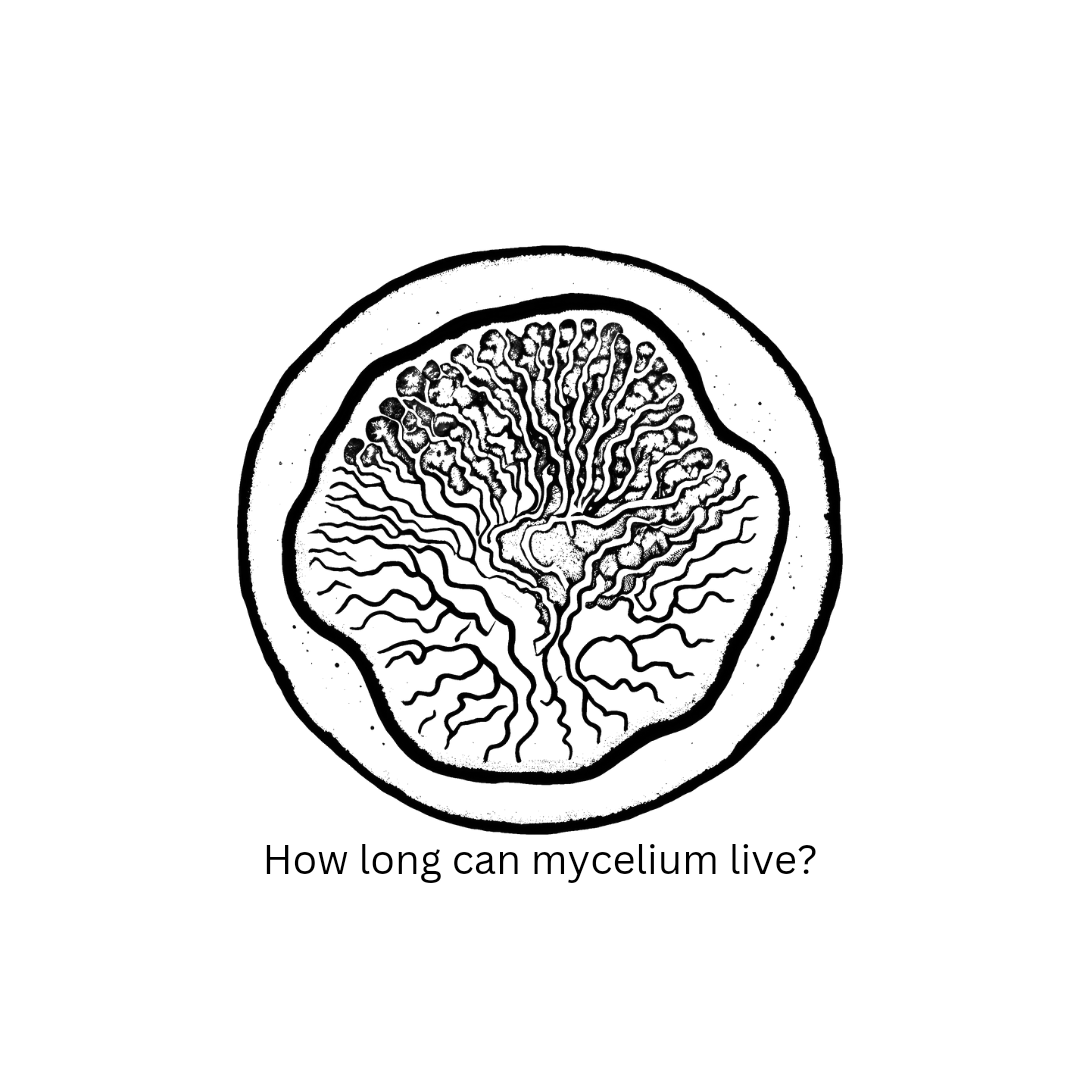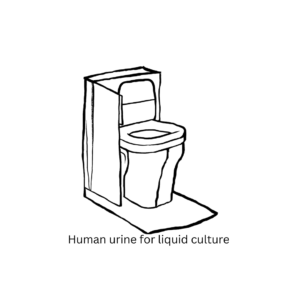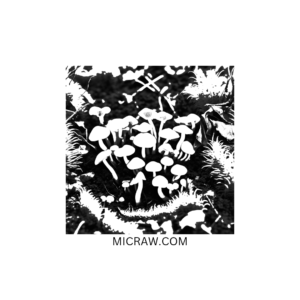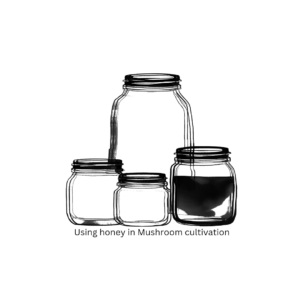Mycelium, the root-like structure of fungi, plays a crucial role in ecosystems, nutrient cycling, and even human health. Understanding the lifespan of mycelium is essential for mycologists, farmers, and anyone interested in sustainable practices. This article delves into the age of mycelium, factors influencing its lifespan, and when it ultimately dies, all while optimizing for SEO to increase visibility on search engines.
What is Mycelium?
Mycelium is a network of fungal threads, or hyphae, that exists primarily in the soil or within decaying organic matter. This vast underground network serves multiple functions, including nutrient absorption, decomposition, and symbiotic relationships with plants through mycorrhizal associations.
Lifespan of Mycelium
The lifespan of mycelium varies significantly based on species, environmental conditions, and available resources. Generally, mycelium can survive for several months to several years, but some species have been known to persist for decades or even centuries.
Factors Influencing Mycelium Lifespan:
Species Variation: Different fungal species have varying lifespans. For example, the mycelium of Armillaria mellea (honey fungus) can live for hundreds of years, while that of Psilocybe cubensis may have a shorter lifespan.
Environmental Conditions: Factors such as temperature, moisture, pH levels, and substrate availability can significantly impact mycelium health and longevity.
Nutrient Availability: Mycelium thrives in nutrient-rich environments. Depletion of nutrients can lead to the decline and eventual death of the mycelium.
When Does Mycelium Die?
Mycelium does not die in a conventional sense; instead, it can experience senescence, where growth slows down, and the network deteriorates over time. Mycelium can die due to several reasons, including:
1. Resource Depletion: When the substrate becomes depleted of nutrients, mycelium can no longer sustain its growth and may die.
2. Environmental Stress: Harsh environmental conditions, such as extreme temperatures or drought, can negatively impact mycelium health and lead to death.
3. Competition: Mycelium may face competition from other fungi or microorganisms that outcompete it for resources, resulting in its decline.
4. Pathogens and Disease: Mycelium can also succumb to pathogens or diseases that attack and weaken its network.
Signs of Mycelium Decline
As mycelium ages, there are several signs to look for that indicate its decline:
Color Changes: Healthy mycelium typically appears white, while declining mycelium may become discolored or develop a slimy appearance.
Reduced Growth: A noticeable slowdown in growth or expansion can indicate that the mycelium is struggling.
Fruiting Bodies: If mycelium is no longer producing fruiting bodies (mushrooms), it may be a sign of aging or stress.
Conclusion
Understanding the lifespan of mycelium is essential for anyone involved in mycology or mushroom cultivation. By recognizing the factors that influence growth, aging, and death, you can better manage fungal networks for sustainable practices. Whether you’re a hobbyist, researcher, or farmer, this knowledge empowers you to cultivate healthy mycelium and harness its many benefits.




